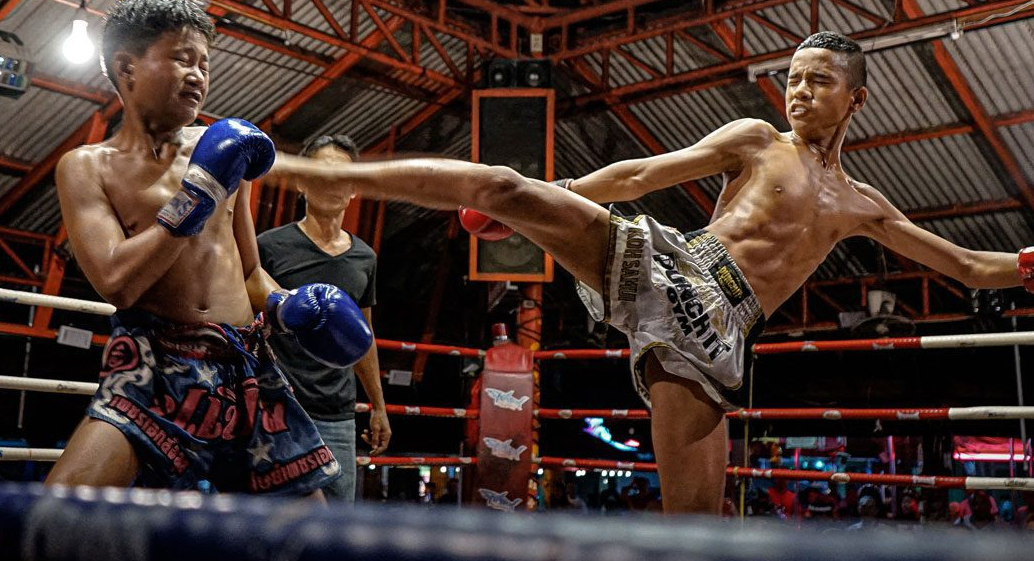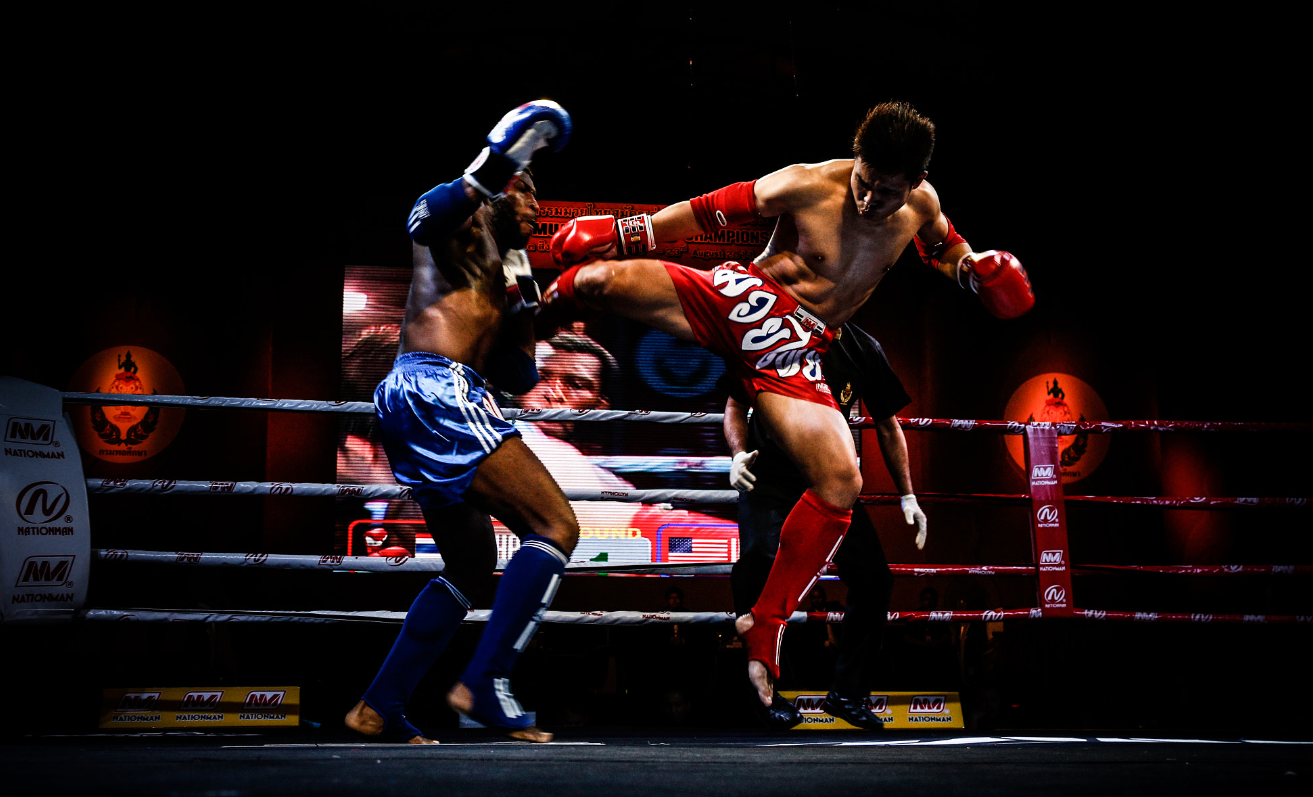Muay Thai Knowledge
Muay Thai Kickboxing: An Ultimate Beginner’s Guide
Introduction
Muay Thai kickboxing, also known as the “Art of Eight Limbs,” is a powerful and dynamic martial art from Thailand. It incorporates punches, kicks, elbows, and knee strikes, making it a comprehensive fighting style. This guide will help you understand the basics, history, and training methods to get you started on your Muay Thai journey.
What is Muay Thai Kickboxing?
Muay Thai kickboxing is a combat sport that utilizes stand-up striking and clinching techniques. It’s distinct for its use of eight points of contact – fists, elbows, knees, and shins.
Overview of Muay Thai
Muay Thai emphasizes discipline, respect, and continuous self-improvement. Training includes rigorous physical conditioning, technical drills, and mental preparation.
Differences from Other Martial Arts
Unlike other martial arts, Muay Thai uses all parts of the body as weapons. The clinch, a grappling technique, is also unique to Muay Thai.
History of Muay Thai
Muay Thai has a rich history, evolving from ancient battlefield tactics to a modern sport.
Origins
Originating in ancient Siam, Muay Thai was developed for self-defense and military training.
Evolution
Over centuries, Muay Thai incorporated influences from Western boxing and other martial arts, evolving into a regulated sport with rules, weight classes, and protective gear.
Cultural Significance
In Thailand, Muay Thai is a cultural treasure, integral to festivals and traditions.
Basic Techniques in Muay Thai
Mastering basic techniques is crucial for beginners.
Punches
Punches include the jab, cross, hook, and uppercut, each with specific applications.
Kicks
The roundhouse kick, teep (push kick), and low kick are essential techniques.
Elbows
Elbow strikes, like the horizontal and upward elbow, are powerful close-range weapons.
Knees
Knee strikes, used in clinching, include the straight knee and jumping knee.
Training for Muay Thai
Training involves physical conditioning, technical drills, and sparring.
Conditioning
Running, strength training, and high-intensity interval training build stamina and resilience.
Sparring
Sparring develops timing, reflexes, and real-fight handling.
Drills
Drills improve specific techniques through repetition.
Essential Gear for Muay Thai
Proper gear is vital for safe training.
Gloves
Muay Thai gloves protect the hands and the opponent during training and fights.
Wraps
Hand wraps support and protect the wrists and knuckles.
Shin Guards
Shin guards protect the shins during sparring.
Mouthguards
Mouthguards protect the teeth and reduce concussion risks.
Choosing a Muay Thai Gym
Finding the right gym is crucial.
What to Look For
Look for experienced trainers, a welcoming atmosphere, and good facilities.
Questions to Ask
Ask about trainers’ qualifications, class sizes, and training philosophy.
Evaluating Trainers
Choose trainers with experience and a strong emphasis on safety and proper technique.
Common Injuries and Prevention
Injuries can happen, but prevention is key.
Typical Injuries
Common injuries include bruises, sprains, and cuts.
Prevention Tips
Proper warm-ups, using protective gear, and learning correct techniques help prevent injuries.
Recovery
Rest, ice, and proper medical care are essential for recovery.
Nutrition for Muay Thai Practitioners
Good nutrition supports training and recovery.
Diet Tips
Eat balanced meals with lean proteins, whole grains, and plenty of vegetables.
Hydration
Stay hydrated before, during, and after training.
Supplements
Consider supplements like protein and electrolytes to support your diet.
Mental Preparation and Focus
Mental strength is as important as physical training.
Mindset
Cultivate a positive mindset and resilience.
Meditation
Meditation and mindfulness can enhance focus and reduce stress.
Visualization Techniques
Visualize techniques and success in the ring to improve performance.

Competing in Muay Thai
Competing can be a goal for many practitioners.
Amateur vs. Professional
Decide whether you want to compete at an amateur or professional level.
Preparing for a Fight
Training intensifies before a fight, focusing on technique, strategy, and conditioning.
Rules and Regulations
Understand the rules and regulations of the sport to compete safely and fairly.
FAQs
What is Muay Thai kickboxing? Muay Thai kickboxing is a combat sport from Thailand that uses punches, kicks, elbows, and knee strikes.
Is Muay Thai good for self-defense? Yes, Muay Thai’s techniques are effective for self-defense due to their versatility and power.
What should I wear to my first Muay Thai class? Wear comfortable workout clothes, and bring hand wraps, gloves, and a water bottle.
How often should I train in Muay Thai? Beginners should aim for 2-3 times per week, gradually increasing frequency as they progress.
Can anyone practice Muay Thai? Yes, Muay Thai is suitable for all ages and fitness levels, with modifications available for different abilities.
How long does it take to get good at Muay Thai? It varies, but with consistent training, noticeable improvements can be seen within a few months.
Conclusion
Muay Thai kickboxing offers a comprehensive workout and a profound martial art experience. Whether you’re looking to improve fitness, learn self-defense, or compete, Muay Thai provides a path for physical and mental growth. Start your journey with the basics, train consistently, and embrace the rich culture and discipline of Muay Thai.

